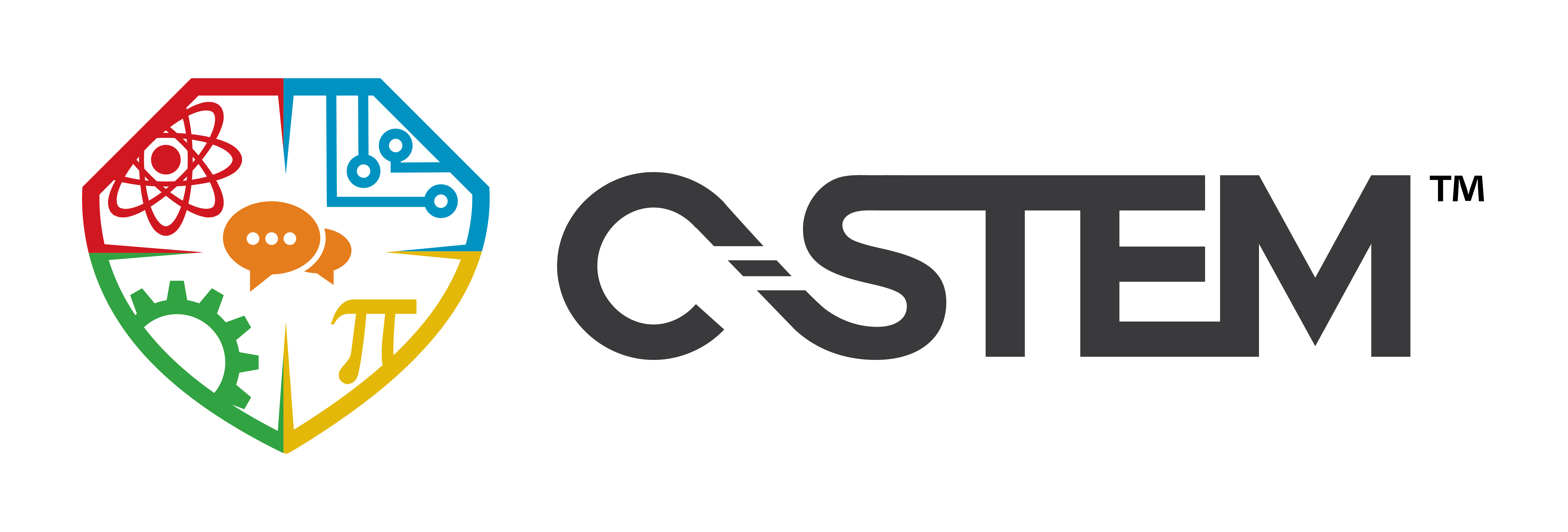Written by: Reagan Flowers, Ph.D.
A new National Academies of Sciences, Engineering, and Medicine (NASEM) report examines the question. It offers valuable recommendations for education policymakers, school administrators, and educators to advance equity in STEM education.
The Current State of STEM Inequities
The findings reveal that access to high-quality STEM education remains uneven across preK-12. While math is consistently available, advanced math courses are scarce. Elementary students rarely encounter computer science or engineering, and advanced science courses in high school favor higher-income, non-minority students.
For instance, only 38% of schools serving predominantly Black and Latinx students offer calculus, compared to 50% of all high schools. Similarly, while 60% of schools provide physics courses, this drops to 51% in schools with predominantly Black and Latinx students.
Economic disparities are just as stark. While 93% of high schools offer advanced math, this is true for only 71% of high-poverty schools. The report also highlights a second level of segregation within schools. In middle schools offering algebra, white students make up 50% of the attendees, but 58% of those enrolled in algebra classes. Conversely, Black students constitute 17% of the school population but only 11% of algebra enrollees.
Barriers to Effective Change
One of the biggest obstacles to equity is the biases and assumptions that play out in classrooms. Educators hold significant power in determining who belongs in STEM and who has the potential to excel.
Many teachers and staff need to recognize the diverse challenges and experiences students bring to the classroom. Personal biases, often based on their own experiences, can prevent educators from giving every student a fair chance.
Moreover, categorizing students by race, gender, or economic status can be detrimental. Two Black children in the same classroom may have completely different life experiences. Assuming otherwise can deprive bright students of opportunities and rob their communities of the potential benefits their achievements could bring.
Steps Educators Can Take
The report emphasizes that everyone in the education system must take ownership of increasing equity in STEM. Here are several actionable steps for educators:
- Reduce Gaps Between Groups: Ensure all students have access to STEM and advanced courses, regardless of their background.
- Expand Opportunity and Access: Prepare educators well and engage mentors to include all students in STEM.
- Embrace Differences: Encourage diverse life experiences and backgrounds in the classroom, welcoming marginalized students.
- Incorporate STEM into Social Justice Efforts: Engage students in STEM projects that address local inequities.
- Build Sustainable Futures Through STEM: Focus coursework on creating an equitable, ecologically sound future. At C-STEM, many competitions and projects address global environmental issues, such as protecting sea life, combating climate change, and improving access to fresh water.
Additional recommendations include:
- Extensive teacher training.
- Community investment in STEM for marginalized students.
- Increasing access to STEM in elementary school.
- Changing placement policies.
- Evaluating more than grades to determine STEM potential.
At C-STEM, we are fortunate to have teachers who embrace our curriculum and engage all students equally in STEM. The incredible C-STEM partners and sponsors recognize the critical importance of investing in STEM for underserved and underrepresented students.
Conclusion: A Long Road Ahead
Despite these efforts, there is still a long way to go, especially in districts needing more external resources. Changing policies and mindsets takes time, but it is essential. Building equitable STEM experiences throughout a student’s academic career is crucial for developing a diverse STEM workforce and nurturing the next generation of thinkers, doers, and dreamers.
Let’s continue working together to create a more inclusive and equitable future in STEM education.







